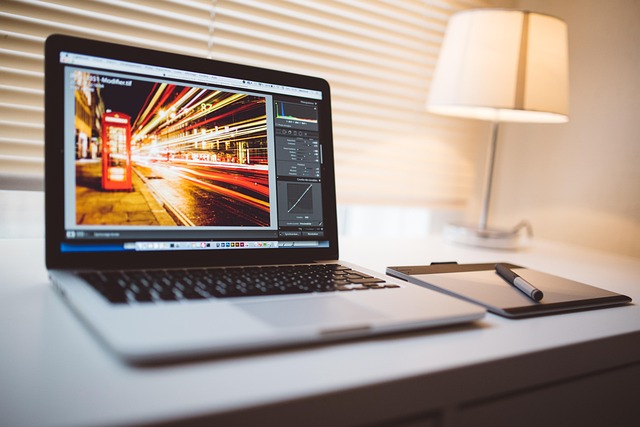In our increasingly visual world, the way we consume content is evolving—and much of that evolution hinges on one simple but profound concept: shapes. From the rectangular structure of our televisions to the curved allure of ultra-wide monitors, it’s the shape of the screen that dictates so much of what we feel, how we interact, and even what we remember.
Television screens were once limited to rigid 4:3 boxes, framing our favorite stories in tight dimensions. Now, with advancements in display technology, shapes have transformed into expansive 16:9 rectangles, cinematic 21:9 ultrawides, and even flexible, rollable innovations. These aren’t just aesthetic tweaks—they’re changes that alter the very rhythm of content we absorb. With a wider screen, our field of vision is engaged more fully. We get more details, richer immersion, and a sense of emotional closeness that narrow formats simply can’t replicate.
On the technical side, the evolution of monitors reveals just how much shapes influence function. A curved gaming monitor, for instance, doesn’t just look impressive—it reduces eye strain and enhances depth perception by wrapping visuals slightly around your field of view. Engineers have optimized shapes to amplify color accuracy and reduce viewing angle distortion, ensuring that whether you’re editing photos, streaming movies, or browsing the web, you see content exactly how it’s intended.
Visualization has become the core of communication in the modern digital experience. As screens become thinner, smarter, and more versatile, designers are free to experiment with shapes that push boundaries. OLED panels promise not only flawless blacks and brilliant colors but also the possibility for entirely non-traditional forms. Think wearable tech with circular displays or folding screens that morph depending on your task—a true intersection of function and form.
The future of display technology lies in our recognition of how vital shape is to sensation. A geometric interaction between human eye and glowing pixel, where curves, edges, and dimensions shape not just a device but the emotions it stirs. As those lines become more fluid and diverse, user expectations will grow accordingly, demanding not only top-tier performance but also configurations that resonate personally and visually.
For creators and consumers alike, shapes in display design have become silent yet powerful narrators. In every content category—from gaming and cinema to presentations and social media—the frame around the picture sets the tone. It guides our focus, sets expectations, and defines how we connect with what we see. As shapes continue to evolve in TV, monitors, and visualization devices, so too does the narrative possibility of every screen we use.




